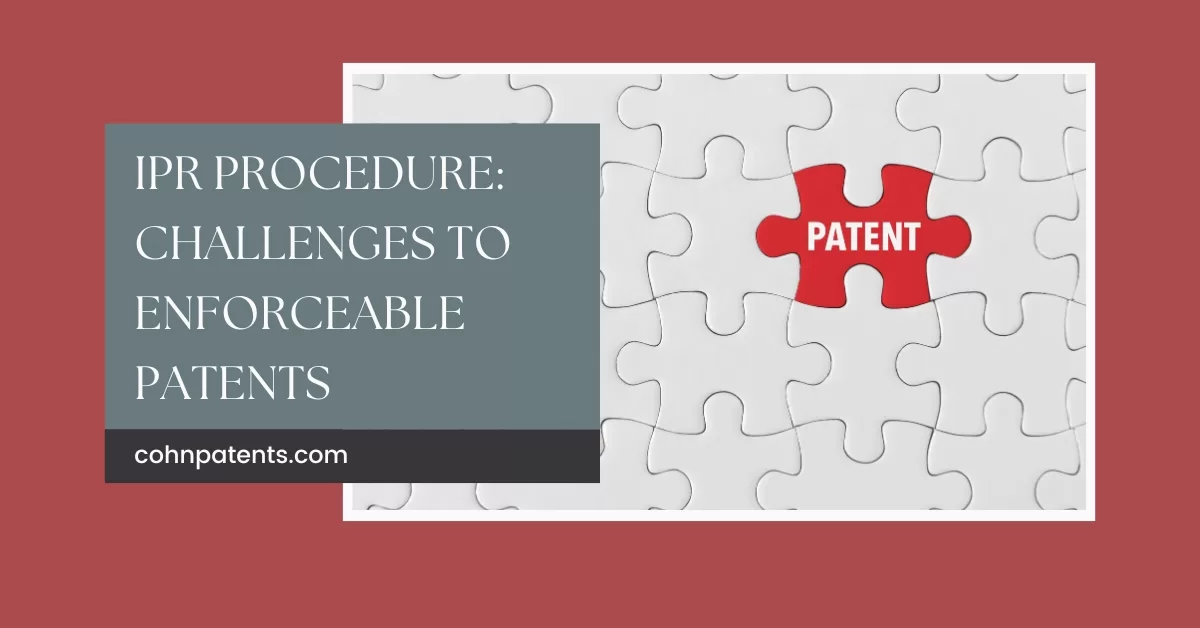Challenges to Patents: How the AIA’s IPR Procedure Impacts You
There hasn’t been a reform to United States patent law as considerable as the American Invests Act (AIA) since 1952. One of the AIA’s most noteworthy components is the recent Inter Parte Review (IPR) procedure. The IPR procedure allows any enforceable patent to be challenged. Even more surprising is that patents issued before the implementation of the AIA can be challenged as well.
On September 16, 2012, the brand new IPR procedure will replace the Inter Partes Reexamination procedure that’s currently in play. Similar to the Inter Partes Reexamination procedure, IPR will allow people to challenge a patent’s validity without involving the federal court. This makes challenging patents easier, less time-consuming, and more cost effective.
Anyone involved in the business world should familiarize themselves with the new IPR procedure. It’s important for people who currently have patents as well as for professionals in competition with businesses that own patents. Whether you need to challenge a patent or have a patent that’s being challenged, you’ll need to thoroughly understand IPR.
There are three main differences between the new IPR procedure and the Reexamination procedure that will be replaced: the trial proceeding, timing and time frame.
Trial Proceeding
With the new AIA comes a new Patent Trial and Appeal Board (PTAB). The PTAB will hold IPR trials in front of a panel of knowledgeable patent judges. Thanks to a new streamlined process, once the PTAB makes their decision, it will be appealed to the United States Appeal Court for the Federal Circuit.
Timing
The main disadvantage of the Reexamination procedure – and challenging a patent in general – is that it can take several years to close the case in federal court. With the AIA, though, the trial will be completed within one year. It’s possible to be granted a six month extension, which means that no case will carry on for longer than 18 months.
Time Frame
Due to new “Discovery” provisions in the IPR procedure, it’s possible that it will take more effort for both the prosecution and defense to carry out the new type of trial. However, since the trial must be completed within a maximum of 18 months, the overall costs shouldn’t skyrocket. Overall, the cost of IPR will be significantly lower than the cost of a Reexamination trial in federal court.
IPR and Reexamination are similar in that they both provide a way to challenge a patent’s novelty and obviousness. Patents that have been given prior to the case are looked at to determine the validity of the challenge. An IPR petition can be filed from nine months after a patent is issued through the time that the patent is not enforceable.
Just like with the Reexamination procedure, the person who is challenging the patent must choose whether they want an IPR trial or a civil trial. Once a final decision is met, the prosecution cannot opt to re-open the case in IPR or federal court. People looking to challenge a patent should keep in mind that the new IPR system will be put into effect in September of this year.
Contact your Patent Attorney to learn more.


